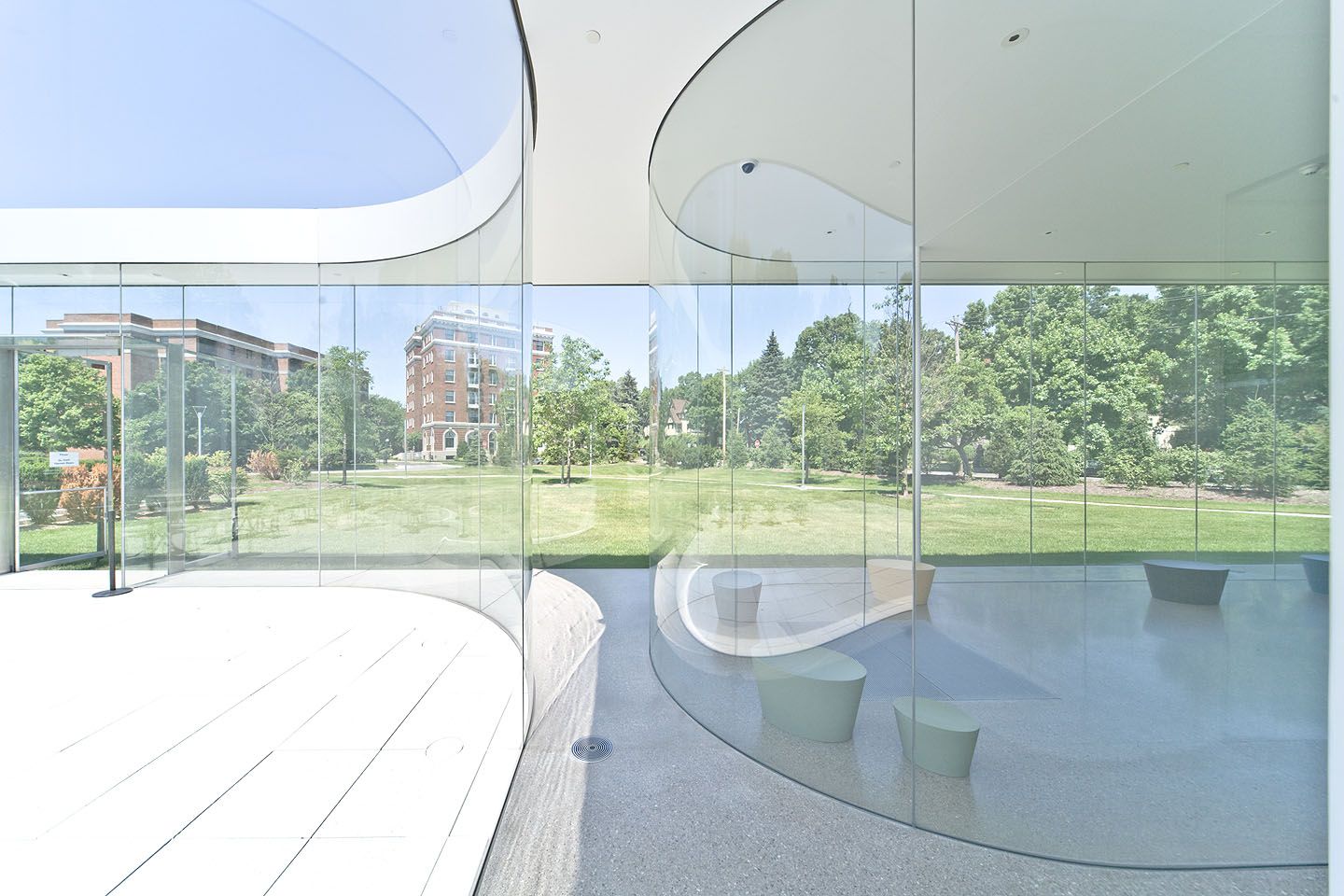PAMM Miami Art Museum – Herzog & de Meuron
Herzog & de Meuron’s Pérez Art Museum Miami anchors the city’s waterfront as an open, shaded veranda rather than a sealed object. A broad canopy, deep overhangs, and hanging vegetation create a porous threshold between park, bay, and city, turning the museum into an extension of the public realm. Within this structural frame, the gallery volumes are suspended like independent elements, each shaped by its needs. Concrete, wood, and oversized hurricane-proof glass reinforce the architecture’s climate-driven logic, offering a sequence of spaces that shift from exterior to interior, humid to dry, street to art, in a fluid continuum.





